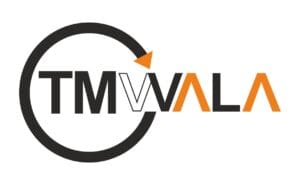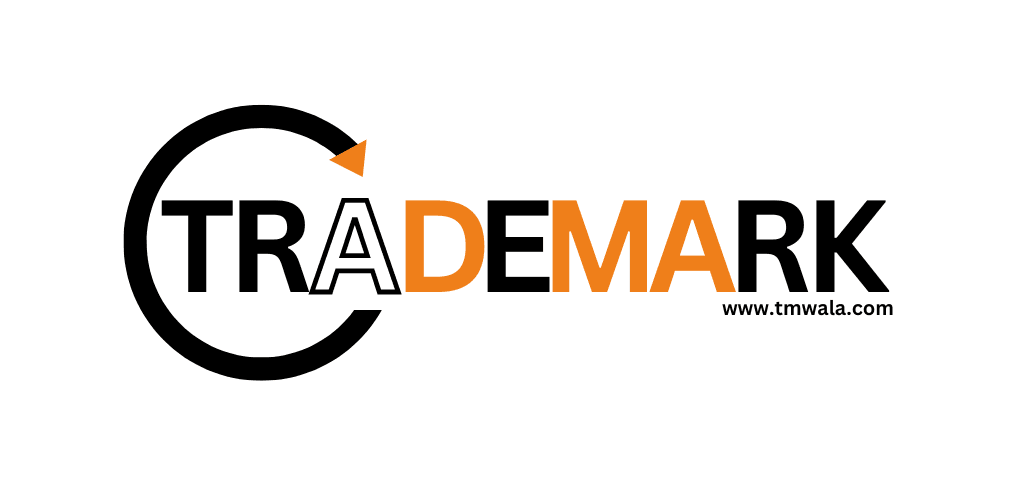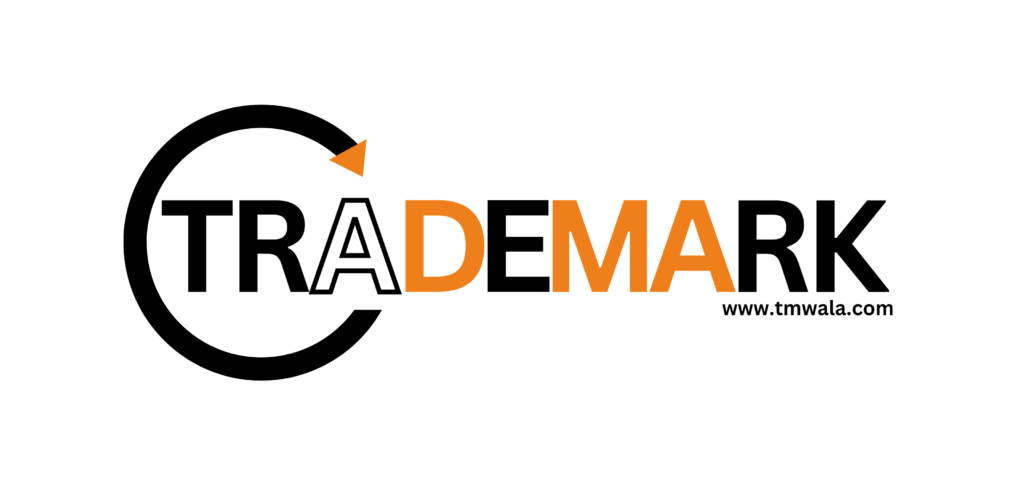
Ever find yourself in the beauty aisle, baffled by the cryptic information on skincare and makeup labels? You’re not alone! Beauty labels are often packed with tiny text, symbols, and ingredient names that can be confusing. But don’t worry—legal metrology is here to help. It’s the science behind measurement and labelling standards that ensures the information on your beauty products is accurate and transparent.
You might be wondering, “What does legal metrology have to do with my beauty routine?” Quite a lot, actually. Legal metrology ensures that the labelling of beauty products meets certain standards, protecting consumers from misleading claims and deceptive practices. By regulating weights, measurements, ingredient lists, and safety certifications, it helps you understand what you’re really buying.
Without these rules, brands could easily skimp on product quantity, inflate prices, or use ambiguous terms to make their products sound more appealing than they really are. Thanks to legal metrology, you can rest assured that the information on the label is there to help you make an informed decision.
Let’s start with one of the most important aspects: net quantity. Have you ever noticed “Net Weight: 50 grams” or “Net Quantity: 30 ml” on your beauty products? This tells you the actual amount of product inside, excluding the weight of the packaging. Legal metrology mandates that brands clearly state this information to help consumers assess whether they’re getting a fair deal. Understanding net quantity can help you spot tricks like “shrinkflation,” where companies reduce the amount of product while keeping the price the same.
Ingredient lists are more than just a jumble of scientific terms—they provide essential information about what’s in the product and its overall quality. By law, ingredients must be listed in descending order of concentration, meaning the first few ingredients make up the bulk of the formula. If a hyped ingredient like “rosehip oil” appears near the bottom, there’s probably not much of it in the product.
For those with allergies or sensitive skin, this section of the label can be a lifesaver. Additionally, some seemingly complicated ingredient names are just scientific terms for everyday substances— “tocopherol,” for example, is just vitamin E.
Beauty products, just like food, have a shelf life, and using them past their prime can lead to diminished effectiveness or even skin irritation. Legal metrology regulations make it mandatory for manufacturers to provide clear information about the product’s expiry. There are two main types of date indicators you’ll often see:
The expiry date tells you the last date by which the manufacturer can guarantee the product’s quality and effectiveness. After this date, the product may start to degrade, losing its potency or changing in texture. Some ingredients, like vitamin C or retinol, are particularly prone to breaking down after the expiration date or some products develop bacterial growth once they expire, thus be careful!
In addition to expiry dates, many products come with a PAO symbol, depicted as an open jar with a number followed by “M.” This indicates how many months the product is safe to use after being opened. For example, “12M” means the product should be used within 12 months of opening.
The PAO is particularly important for items that come into frequent contact with sensitive areas, such as mascaras or eyeliners. Over time, exposure to air and bacteria can degrade the product, increasing the risk of skin irritation or infections. Even if the expiry date is still far off, the product may no longer be safe to use once its PAO has passed.
When purchasing beauty products, it’s important to be aware of the taxes that apply. In many regions, beauty products are subject to Goods and Services Tax (GST) or Value Added Tax (VAT), which can significantly impact the final price you pay at checkout.
In India, for example, the GST rates on beauty and cosmetic products typically range from 5% to 28%. The specific rate depends on the type of product:
Understanding the tax rates on beauty products is crucial for consumers, being aware of these rates can help you make informed decisions when comparing products across different brands or stores.
Beauty products often display a range of symbols and certifications to assure quality and safety. In India, the Bureau of Indian Standards (BIS) and the Food Safety and Standards Authority of India (FSSAI) play key roles in certifying cosmetic products. When you see these marks on a label, it indicates the product meets specific safety standards.
There are also logos like “India Organic” or “Jaivik Bharat” that certify a product as organic, signifying adherence to strict quality standards. These logos are more than just marketing; they confirm that the product has passed certain tests for authenticity. Keep an eye out for these marks when shopping for cosmetics, as they signal whether the products are genuine and meet established legal standards.
You may notice green and brown dots on beauty labels in India. The green dot indicates a vegetarian product, while the brown dot means it contains non-vegetarian ingredients. These symbols cater to consumers who follow specific dietary preferences or religious practices.
Halal mark on beauty products indicates that they meet Islamic dietary laws, ensuring ingredients are derived from permissible sources and free from harmful substances like alcohol or non-halal animal components.
Cruelty-free and vegan labels are also common, especially among ethical beauty brands. “Cruelty-free” products are not tested on animals, while vegan items contain no animal-derived ingredients. For a cruelty-free guarantee, look for symbols like the leaping bunny or “PETA-approved” logos.
Have you ever purchased a jar of cream that looked big on the outside but turned out to be half-empty? That’s due to “slack fill,” the extra space in packaging that can be legal to a certain extent. While some slack fill is necessary for product protection, excessive amounts can be misleading.
Legal metrology regulations help prevent deceptive practices by setting limits on acceptable slack fill. Nevertheless, it’s always a good idea to verify the net quantity rather than being swayed by the appearance of the packaging.
Shopping for beauty products online can be tricky since you don’t get to examine the products up close. However, legal metrology standards still apply to e-commerce. Product listings should include the net weight, ingredient list, safety certifications, and expiry dates just like physical products.
When buying online, make sure to read the product description thoroughly. Check for details about the packaging size, net quantity, and whether the seller provides clear information about safety and regulatory marks. This can help you make a more informed choice and avoid any surprises when the product arrives.
Another crucial aspect to look for on beauty labels is the batch number. This alphanumeric code allows manufacturers to trace the product’s production history, including when and where it was made. If a product is ever recalled due to safety issues, batch numbers help identify affected items, ensuring consumer safety.
Buzzwords like “clinically proven,” “dermatologist-tested,” or “hypoallergenic” can sound impressive, but they don’t always mean what you might think. Legal metrology does not specify the standards for these terms, so it’s important to approach them critically. For instance, “clinically proven” may simply mean that some testing was done, not that it passed with flying colours.
If a product claims to be “dermatologist-tested,” it doesn’t necessarily mean a dermatologist approved it—it only means it was tested under a dermatologist’s supervision. Whenever you come across such terms, it’s worth looking for detailed information or third-party certifications that back up the claims.
Deciphering beauty labels doesn’t have to be overwhelming. With a little knowledge of legal metrology, you can navigate product information with confidence. From understanding net quantities and ingredient lists to recognizing expiry dates and certification marks, these details empower you to make informed choices.
Remember, beauty is more than skin-deep, and so is the label information. Take a moment to decode those labels and you’ll not only get better value but also support brands that prioritize transparency and quality. Now, go ahead and become a savvy beauty consumer—you’ve got the tools to decode like a pro!
Link to similar articles: https://tmwala.com/blog-medical-labels/
Link to Legal Metrology Act: https://www.indiacode.nic.in/bitstream/123456789/19664/1/legalmetrology_act_2009.pdf
Get started instantly
"*" indicates required fields

TMWala
Your one stop shop for all your business registration and compliance needs.
Choose your Entity Type
Individual/ MSME/ Sole Proprietorships
Non-MSME/ Large Entities

₹1,500.00 Original price was: ₹1,500.00.₹999.00Current price is: ₹999.00.
Trademark Application @ ₹999* (Basic Discounted Plan for MSME/Individual/Sole Proprietorships) Best-Selling, Economical & Easy

₹1,500.00 Original price was: ₹1,500.00.₹999.00Current price is: ₹999.00.
Trademark Application @ ₹999* (Basic Discounted Plan for Non-MSMEs/Large Entities) Best-Selling, Economical, Quick and Easy
Choose your Entity Type
Individual/ MSME/ Sole Proprietorships
Non-MSME/ Large Entities
₹3,500.00 Original price was: ₹3,500.00.₹1,999.00Current price is: ₹1,999.00.
Government Fees
₹4500/-
₹3,500.00 Original price was: ₹3,500.00.₹1,999.00Current price is: ₹1,999.00.
Government Fees
₹9000/-
Choose your Entity Type
Non-MSME/ Large Entitie
Individual/ MSME/ Sole Proprietorships

₹9,000.00 Original price was: ₹9,000.00.₹3,999.00Current price is: ₹3,999.00.
Trademark Application @ ₹3999* (Premium Discounted Plan for Non-MSMEs/Large Entities) Comprehensive
Government Fees
₹9000/-

₹9,000.00 Original price was: ₹9,000.00.₹3,999.00Current price is: ₹3,999.00.
Trademark Application @ ₹3999* (Premium Discounted Plan for MSME/Individual/Sole Proprietorships) Comprehensive
Government Fees
₹4500/-
"*" indicates required fields